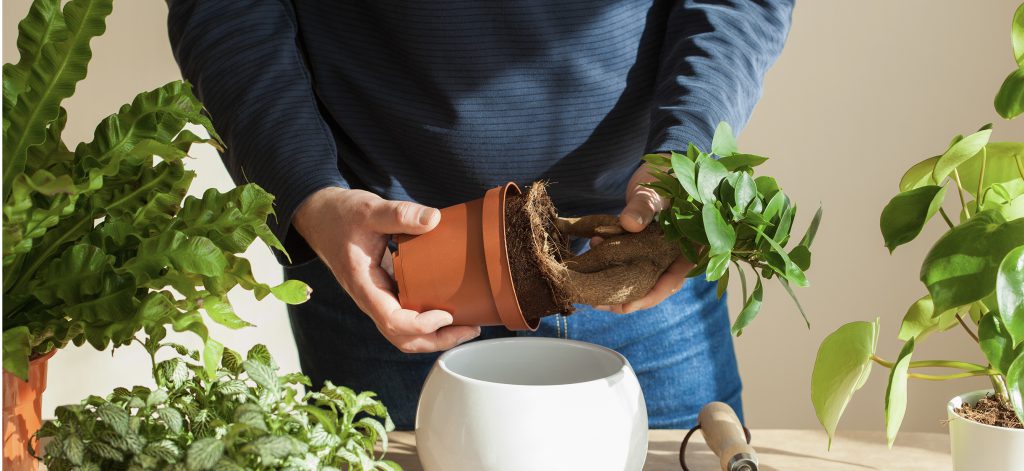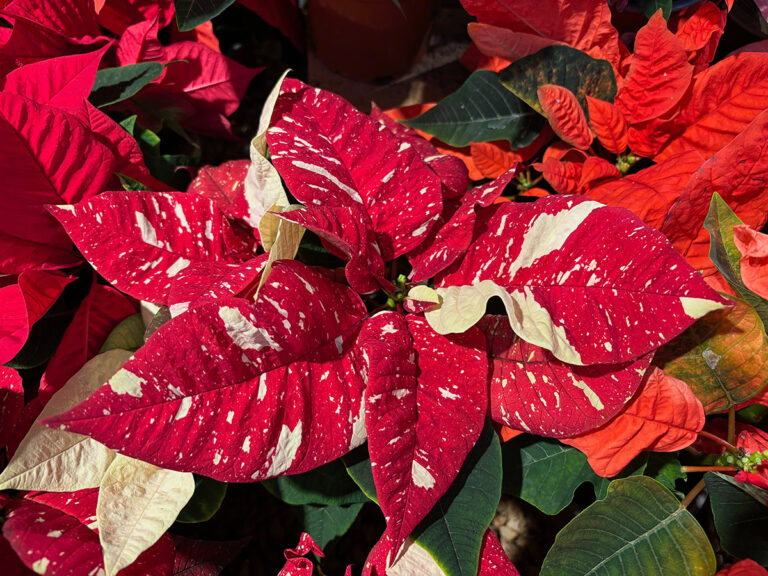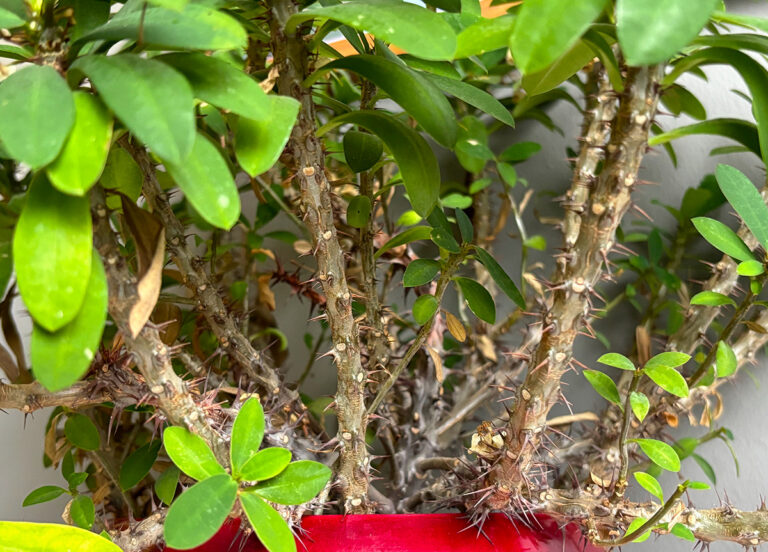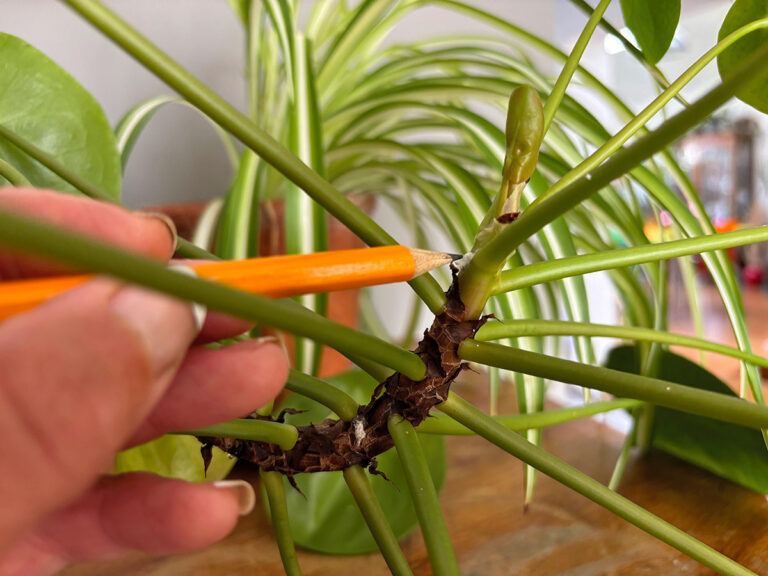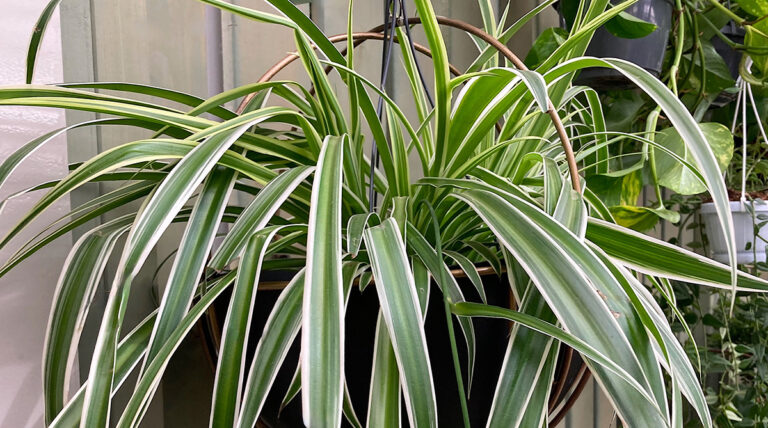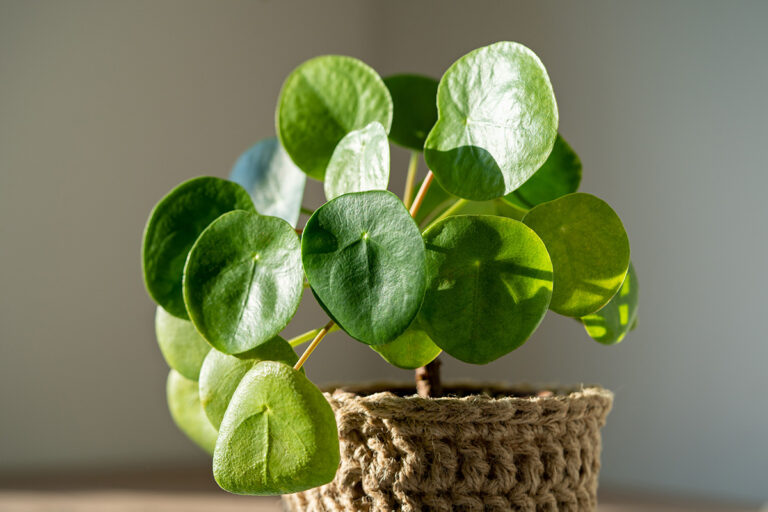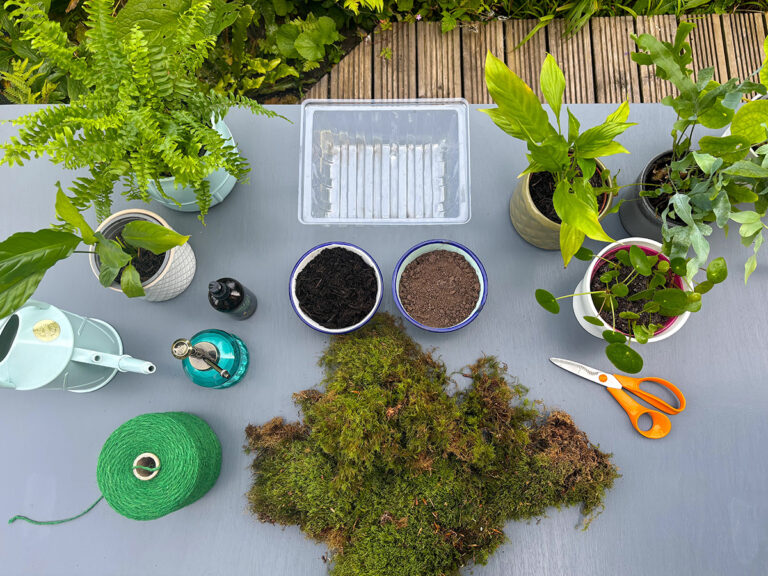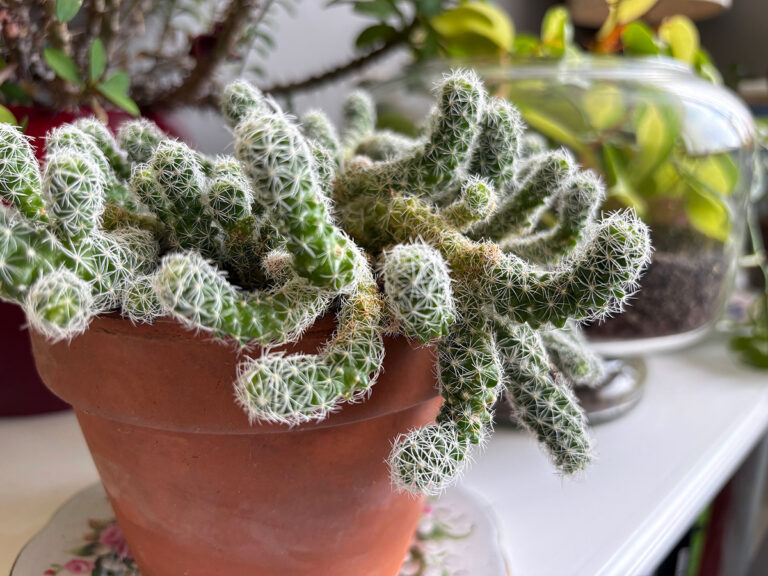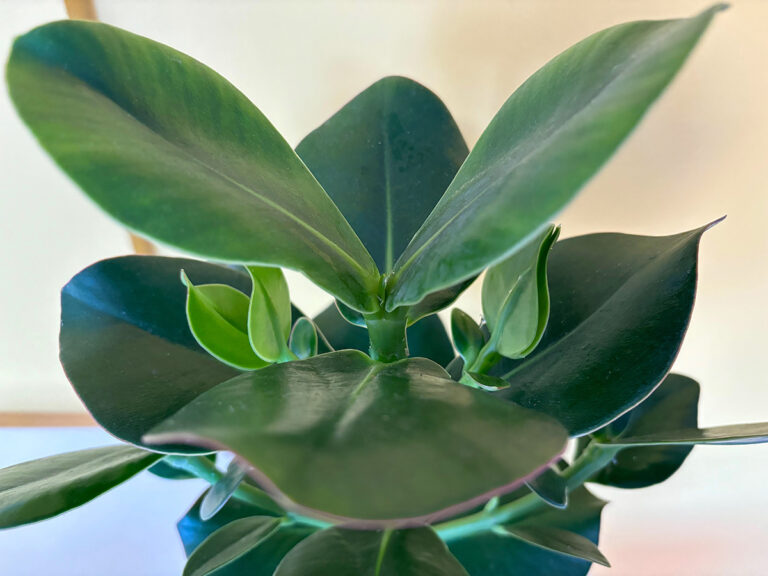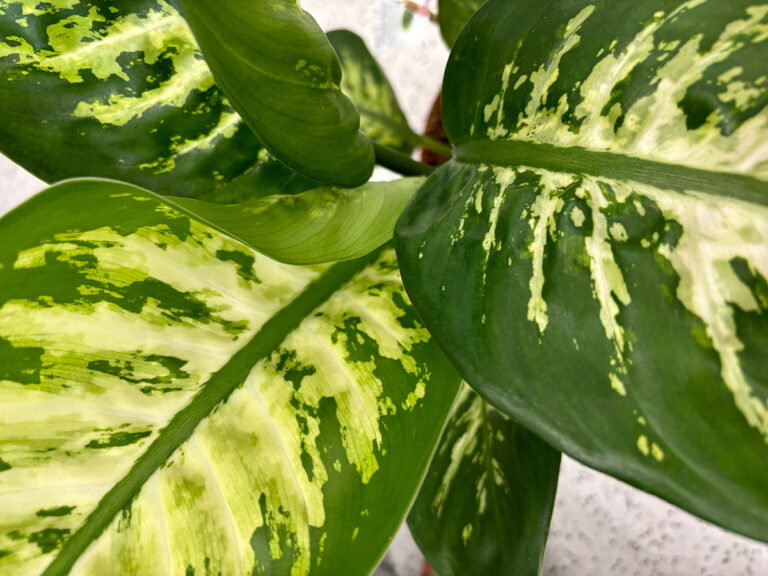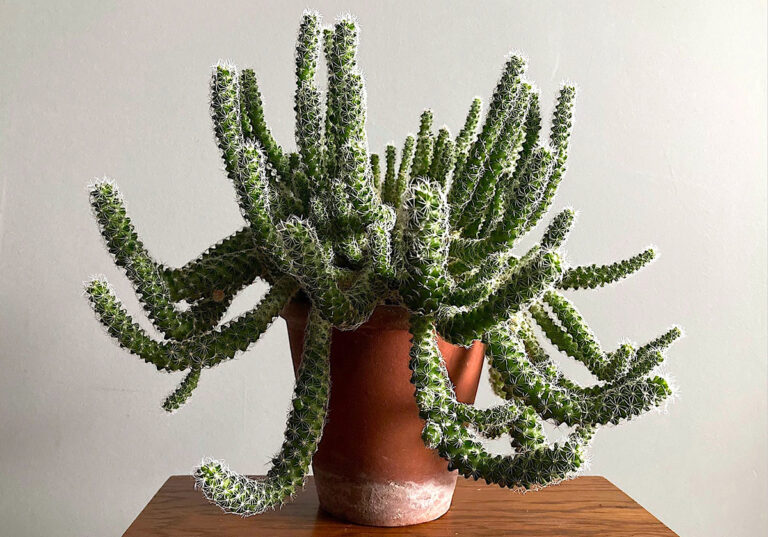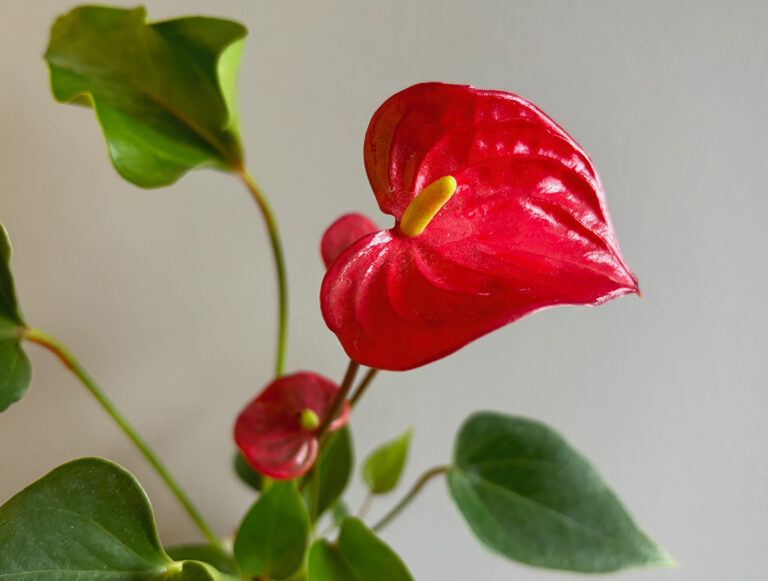- Overwatering is the number one killer of houseplants. Different plants have specific watering requirements, so gen up on individual varieties to ensure they thrive. Typically, wait until compost has almost dried out before giving anymore.
- Remember to feed your houseplants throughout growing season (from March to September). Houseplants are supplied in a compost that contains low levels of fertiliser; it’s enough to keep them going for a while, but these nutrients are used up quickly by the plants. Feeding with our Fortifying Houseplant Tonic every other time you water during growing season will keep your plants well fed with 13 essential nutrients to keep them in top condition.
- If possible, time your watering so you give plants a drink in the morning so any water splashed onto leaves or stems has a chance to dry during the day – water left on plants can lead to rotting or fungal diseases, which will prosper in colder conditions overnight.
- Make sure you give plants a good spot. Most prefer bright, but indirect light. Sadly, some rooms are a little on the gloomy side, especially from late autumn to early spring. A good way of boosting light levels is to use LED grow lights.
- Avoid placing plants on windowsills above radiators as rising heat will dry out compost, resulting in flowers fading, stems drooping and leaves shrivelling. Similarly, don’t display plants too close to open fires.
- Pep up houseplants in plain plastic pots with decorative covers. If the cover engulfs the pot, put some expanded clay pellets in the bottom to give it a lift – this stuff also absorbs excess water, preventing roots from sitting in a puddle.
- Many of our favourite houseplants are from tropical, humid parts of the world and they lose moisture quickly in our warm, dry houses. Misting your plants regularly keeps them humid and happy: our Perfecting Houseplant Mist is infused with 17 natural ingredients tailor-made to protect and revitalise your plants.
- Keep houseplants in good shape by snipping off damaged leaves, dead stems and removing fading flowers to prevent botrytis, a fungal disease that grows on dying flowers and can quickly infect healthy parts of a plant.
- If you have an outdoor space, move houseplants outdoors in summer. Many enjoy an airing outdoors but bring them back indoors before night-time temperatures drop. Check them closely to make sure you don’t smuggle in pests.
- Dust, debris and other grimy stuff can build up leaves, giving plants an unsightly appearance and reducing the vigour of houseplants by hindering photosynthesis. Remove dirt by occasionally giving the surface a gentle rub with a soft, moist cloth.
- A common pest of houseplants are mealy bugs, sap-sucking insects that resemble tufts of cotton wool. They are difficult to control as they often hide in hard to reach places, but can be controlled by spraying with insecticidal soap.
- Ensure houseplants remain vigorous by repotting every year to eighteen months, depending on their speed of growth. Use good quality houseplant compost or one made specifically for the type of plant.
Top Tips for looking after Houseplants
Overwatering is the number one killer of houseplants. Different plants have specific watering requirements, so gen up on individual varieties to ensure they thrive. Typically, wait until compost has almost dried out before giving anymore. Remember to feed your houseplants throughout growing season (from March to September). Houseplants are supplied in a compost that contains…
